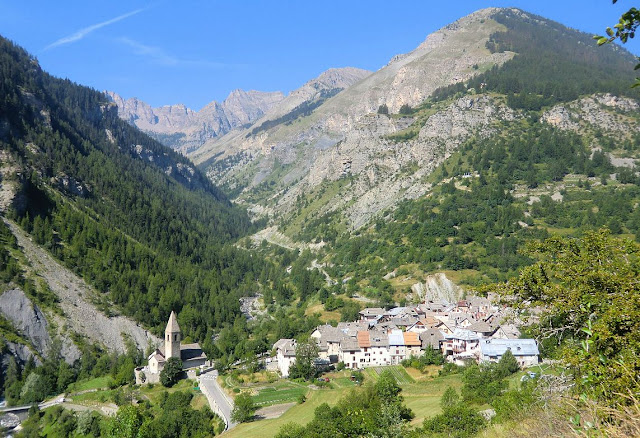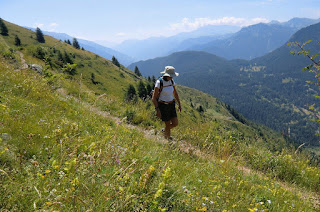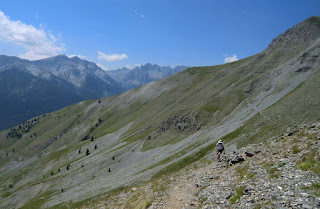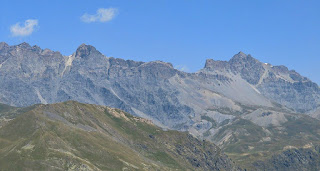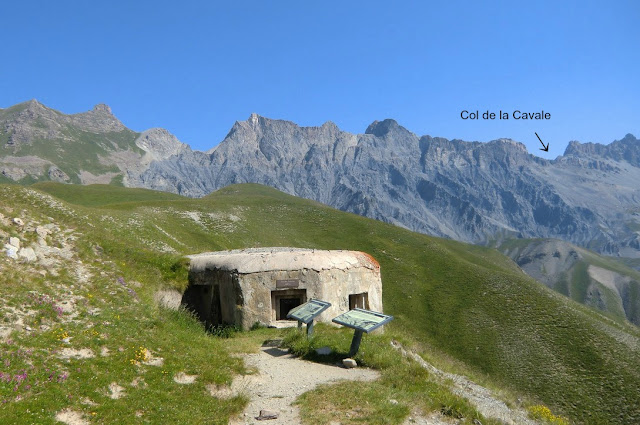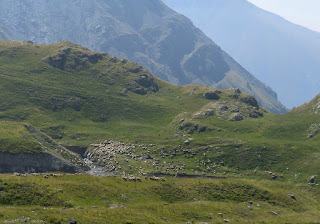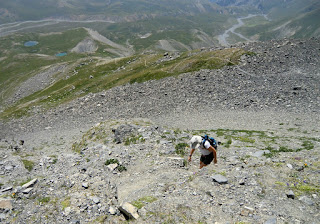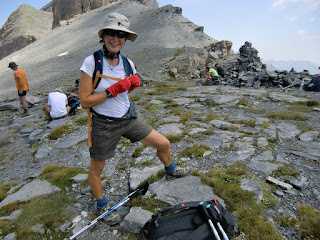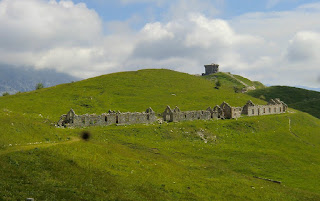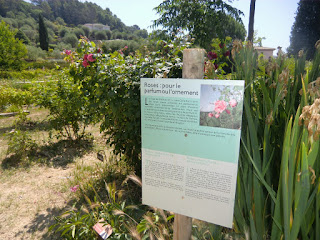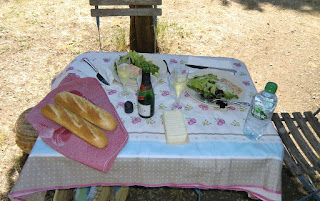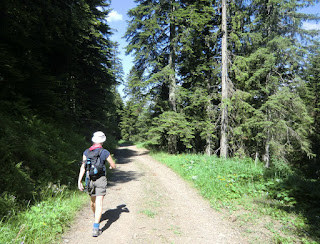Green risotto recipe
There are many ways to vary the basic risotto (See: risotto with scallops May 2015 + risotto with shrimp Jan 2014). In Italy they even make black risotto from octopus.
The green colour of this risotto from pea purée and baby salad leaves and the pink colour from smoked salmon bring summer to the table. Instead of smoked salmon, you could use cooked shrimp or prosciutto di parma.
2 servings
About 120 g smoked salmon, cut into strips
100 ml frozen peas
100 ml water
A generous handful of baby salad leaves, cut into smaller pieces
2 tbsp olive oil
For the risotto:
120 ml risotto rice
700 ml vegetable stock (you may not need to use it all)
2 tbsp rapeseed oil
1 shallot or small onion, minced
1 clove garlic, minced
150 ml white wine
100 ml freshly grated parmesan
Freshly grated black pepper
½ lemon, cut into very small pieces
First make the pea purée. Cook the frozen peas in equal amount of water for about 10 minutes and purée with a hand-held mixer. Set aside.
Cut the salmon, baby salad leaves and ½ lemon and keep in the fridge until needed. Grate the parmesan.
Cook the risotto the classic way by adding small amounts of liquid and stirring constantly for 25 minutes. A detailed description of how to cook the perfect risotto is found in our previous posting: Risotto with scallops, May 2015, see above.
When the rice is cooked, add the pea purée, parmesan and the lemon pieces, and adjust the consistence. Add the baby salad leaves and mix. Divide the risotto into bowls or risotto plates, top with smoked salmon and drizzle with olive oil.










